Tasting Tradition: 7 Must-Try Delicious Foods For Ugadi
Ugadi symbolizes peace & joy. But, Ugadi foods are a celebration by itself. Let's explore the top 7 yummy foods you must try to experience Ugadi in its true form.
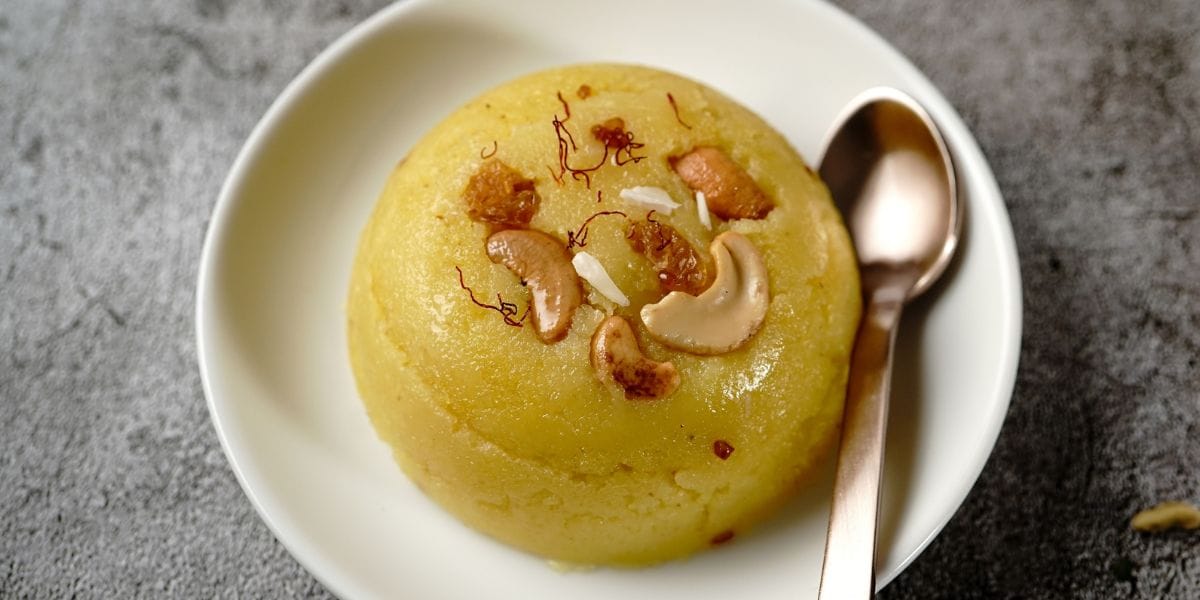
Introduction
Ugadi marks the beginning of a new year for people in Karnataka. The celebration of Ugadi symbolizes positivity, peace, joy, and prosperity. While flowers and mango leaves will give you an essence of Ugadi, the celebration gets more fun when delicious foods join in. On the day of Ugadi, families get together for a feast with several varieties of foods to eat. Since food is also a form of expressing love and respect, people ensure their guests are satisfied with the feast. Today, let's explore the top 7 delicious foods you can try to experience Ugadi in its original form.
Pachadi
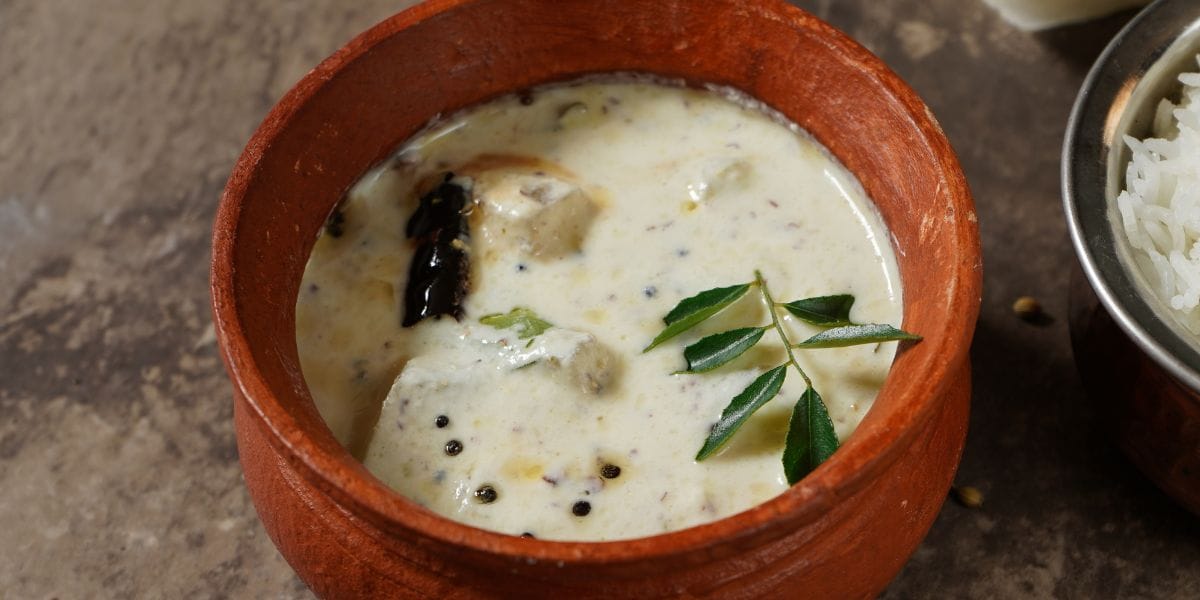
There is a reason why this comes on top of this list. You can ask any Kannadiga to know the taste & significance of Pachadi on Ugadi. It blends six flavours: Green Chilly, Raw Mango, Neem Flower, Jaggery, Tamarind, and Salt. Pachadi symbolizes our life, which consists of different emotions like love, laughter, excitement, tragedy, silence, and resurgence. By eating Pachadi, we accept the blend of life and are willing to welcome different emotions for the upcoming year with all hearts. So next time you try Pachadi, acknowledge that it is not just about taste but acceptance of various life experiences.
Puliyogare

You'll miss the true essence of Ugadi if you don't try something tangy. This is where Puliyogare comes to the rescue. Known for providing several health benefits, like aiding digestion and reducing our body's inflammation, Puliyogare is made from tamarind pulp, peanuts, and aromatic spices. It is made during Ugadi to also symbolize a prosperous future. The golden colour of Puliyogare signifies our invitation for a bright and prosperous year. The only pro tip would be to ensure you try this flavourful dish with Pachadi, as they're known to complement each other.
Obbattu

For all the North Indian friends, Obbattu/Holige is another name for Puran Poli. But you must try Obbattu because it's different. I can argue with people, but Obbattu is slightly better than Puran Poli. Maybe it's the filling or the thickness, but the slight variation from Puran Poli makes Obbattu a better delight to eat, especially during Ugadi. Unlike Pachadi or Puliyogare, Obbattu does not symbolize life or the festival. But it is one delicious dish you cannot resist during the Ugadi celebration. Having a sweet by the end of the day is the best way to end the celebration, and what better than Obbattu to do that.
Maavinkaayi Chutney
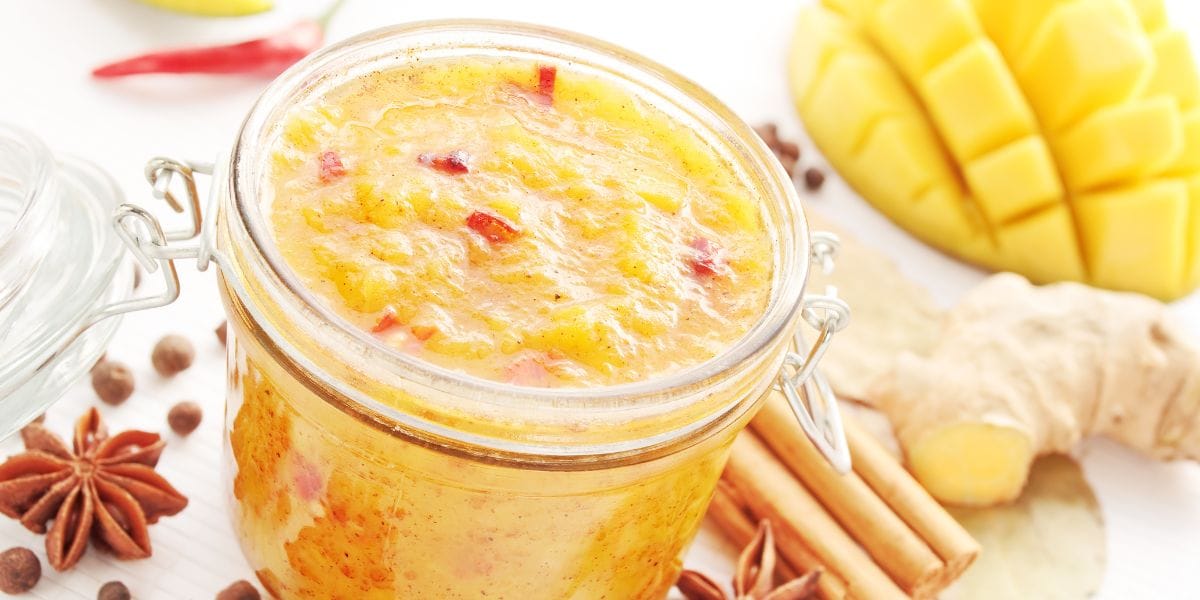
Not having Maavinkaayi Chutney during the Ugadi celebration means the age-old tradition is slowly fading. Like Pachadi, Maavinkaayi Chutney has been on the Ugadi food menu for ages mainly because it symbolizes various life factors through the ingredients. This chutney has raw mango as the main ingredient, whose tartness symbolizes our life's unexpected challenges. While peanuts signify consistency and strength, jaggery represents joy in our lives. Keep the symbolism aside, Maavinkaayi Chutney is also a delight to eat with dosa, poori, or rice, as they complement each other well. When you know a dish is tasty and significant to the celebration, it deserves to be on the menu.
Kosambari
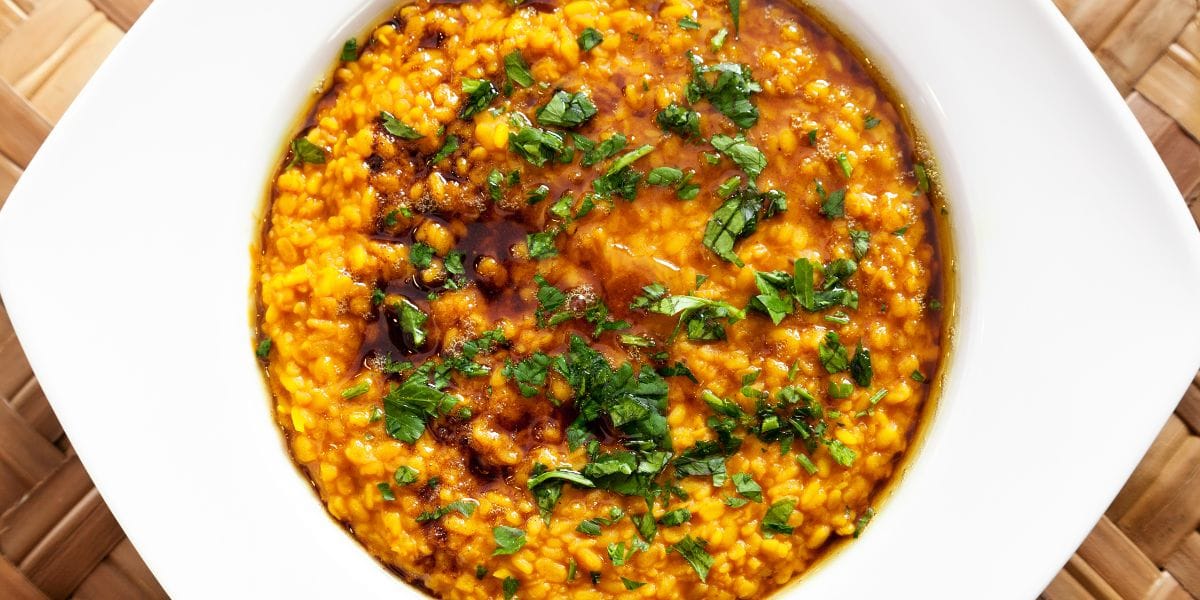
In case you couldn't figure out from the picture, Kosambari is a salad dish prepared using coconut, cucumber, lentils and other vegetables. Since Ugadi happens during the year's warm months, trying Kosambari, which has body-cooling ingredients, can be beneficial and a rejuvenating experience. Kosambari fits the spirit of Ugadi and is also known for its nutritional value, like iron, potassium, fibre, and Vitamins A & C. Just like Obbattu, Kosambari doesn't symbolize anything with Ugadi. However, since the festival happens during the beginning of summer, consuming a healthy salad like Kosambari will enhance the overall experience.
Sihi Huggi
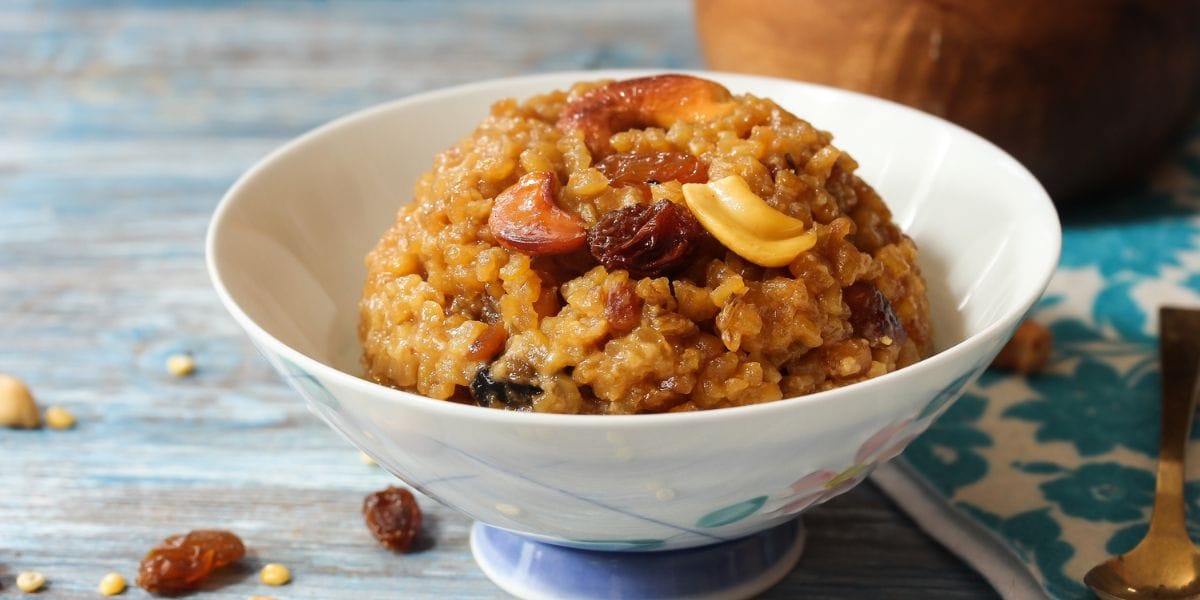
If there is a dish that fits well as a Prasadam(offering) during poojas and is served after meals, it is Sihi Huggi. Also known as Sihi Pongal, this is a tasteful dessert one shouldn't miss out on trying during the Ugadi celebration. Apart from its taste, Sihi Huggi has its symbolism as well. While the sweetness represents the hope for the joyous year ahead, offering it as a Prasadam during poojas signifies a sense of sharing and togetherness. When the celebration is about new beginnings, peace and prosperity, trying Sihi Huggi either as a Prasadam during the morning pooja or as a dessert after a meal is a delightful part of the experience.
Panaka
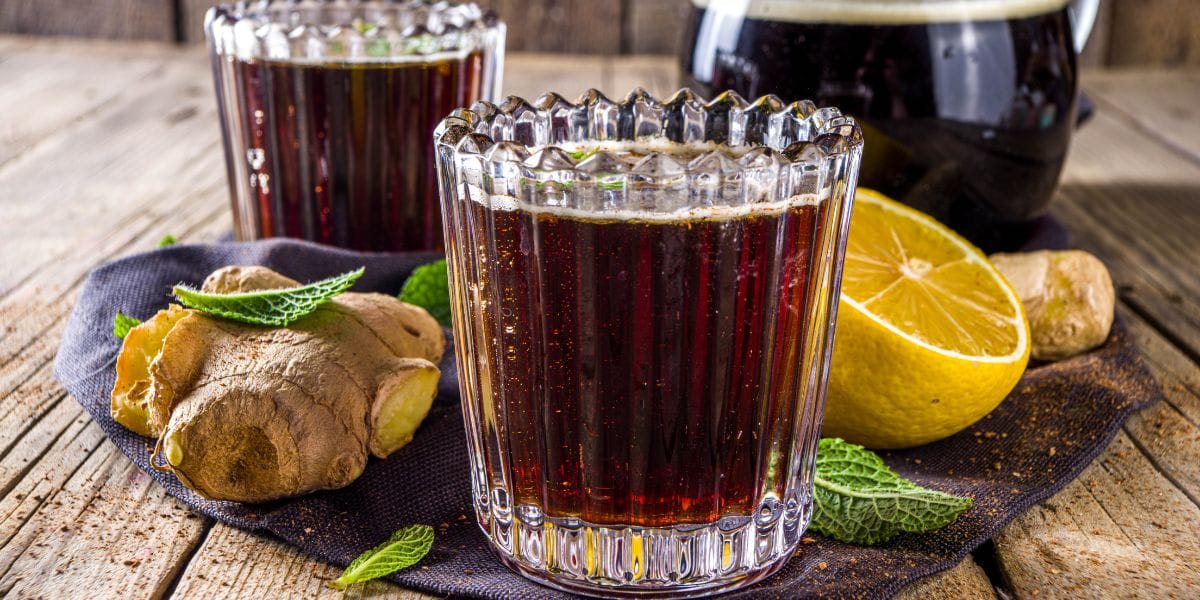
Panaka is the most popular drink you'll find during the Ugadi celebration. I said "find" because some serve it to people passing by their homes or temples. Kids go out with their friends and try Panakas since there are many tasty variations. (Reminds me of my childhood. uhhhh!) Panaka, according to me, signifies unity and belongingness in the community. Because people serve Panaka to everyone without any discrimination. Isn't it a great thing for humanity? And Yes, Panaka is tasty. But, its significance of togetherness and sharing puts Panaka on this 'must-try' list during the Ugadi celebration.
Conclusion
While these are just a few foods out of the numerous varieties served during Ugadi, these dishes entered this list due to their importance and significance during the Ugadi celebration in summer. So, make sure you try these 7 foods to experience Ugadi the way it is intended for ages.




Comments ()